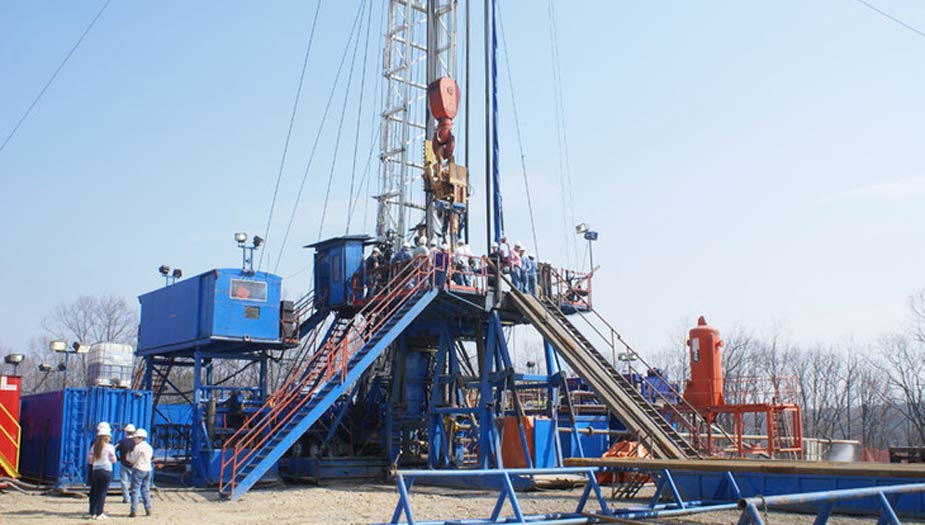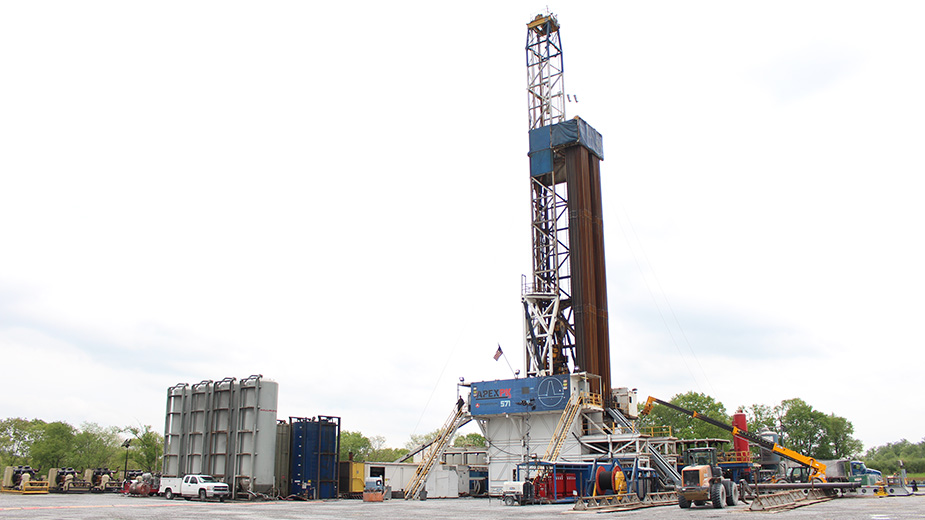Utica Drillers Spent $300M Improving Ohio Roads
COLUMBUS, Ohio — Since 2011, oil and gas operators in eight counties have spent more than $300 million to improve roads and bridges – at no cost to the taxpayer – according to Ohio’s Oil and Gas Road Improvement Payments report.
The report, released Nov. 21, is the second in The Utica Shale Local Support Series underwritten by the Ohio Oil and Gas Association (OOGA) and Energy In Depth Ohio (EID). It outlines how oil and gas production has paid for infrastructure, particularly roads and bridges, from funds generated from the Road Use Maintenance Agreement, or RUMA.
Before an oil and gas operator files an application with the Ohio Department of Natural Resources to drill a horizontal well, it must first enter into a RUMA agreeing to repair and maintain a section of road, bridge or culvert over which its heavy equipment will travel.
The local government with jurisdiction over the road — typically the county engineer’s office — determines the scope of the work. Both parties sign the contract and it is put in place before ODNR issues a permit.
From 2011 to 2017, more than 630 miles of roads were improved in Utica Shale counties: Belmont, Carroll, Columbiana, Guernsey, Jefferson, Harrison, Monroe and Noble.
“Repairing and in some cases replacing roads varied from county to county and well pad to well pad,” said Jackie Stewart, state director of EID. “Some permits and well pads required changing a gravel road to a paved road. Or the weight of a truck may be too heavy to cross an old bridge, which means the oil and gas operator would need to potentially replace that bridge as part of the Road User Maintenance Agreement.”
Other roadwork covered by RUMA agreements include adding guardrails and lines into the road pavements.
“The roads [in Carroll County] were barely being kept up, let alone improved, so mostly all are in much better shape than they were when drilling started,” said Amy Rutledge, executive director of the Carroll County Chamber of Commerce and Convention & Visitors Bureau. “The roads are wider now, which makes a huge difference in safety.”
The following are the road improvement costs and miles improved by county:
- Belmont: $62,355,738, more than 93 miles.
- Carroll: $44,715,692; 99.33 miles.
- Columbiana: $32,634, 229; 89.77 miles.
- Guernsey: $53,146,414, more than 137 miles.
- Jefferson: $24,056,901; 78.52 miles.
- Harrison: $31,409,027; 54.75 miles.
- Noble: $12,587,467; 14.92 miles.
- Monroe: $41,757,761.45 more than 72 miles.
EID and OOGA used the Freedom of Information Act, worked with county engineers, and collected data from the majority of Ohio’s oil and gas operators to calculate the funds associated with RUMA.
“RUMA is pretty unique to Ohio,” added Stewart of EID. “This is not something you see throughout the country but very special in the state of Ohio.”
Since 2011, there have been hundreds of RUMAs signed between private companies and Ohio counties and local municipalities, the release said. RUMAs continue to evolve to include Shared Road Use Maintenance Agreements, or SRUMA, when two or more oil and gas operators have heavy equipment moving on the same section of a road.
The first report in the series, Ohio’s Oil and Gas Industry Property Tax Payment, found the oil and gas industry paid more than $43 million in real estate taxes, or ad valorem taxes, to six Ohio counties between 2010 and 2015 (READ STORY). The report also forecast that the same counties would see an additional $200 million to $250 million over the next 10 years.
The data from the two reports show 100% of the money the oil and gas companies paid these counties in Ohio stays where shale development is occurring. Together the reports found that these communities in Ohio have benefited by $343 million in road improvements.
Copyright 2024 The Business Journal, Youngstown, Ohio.



